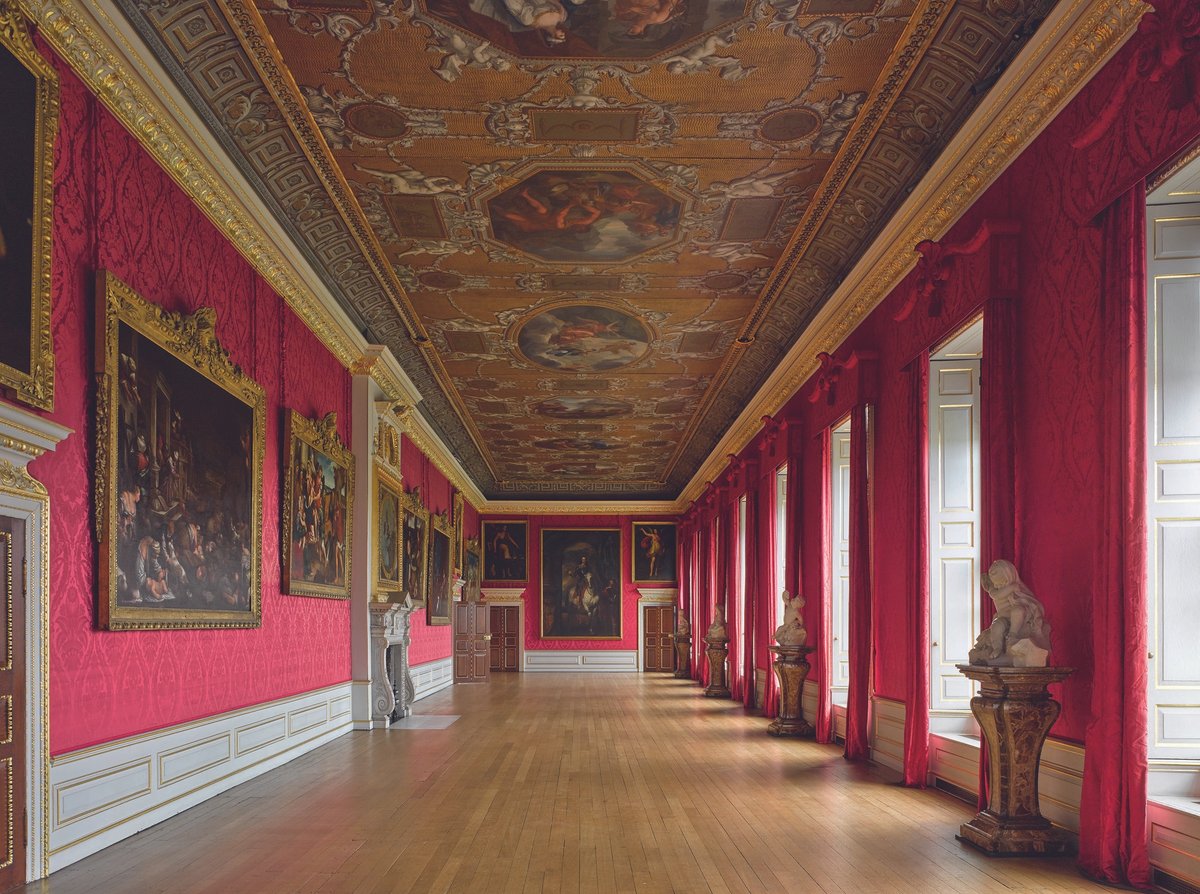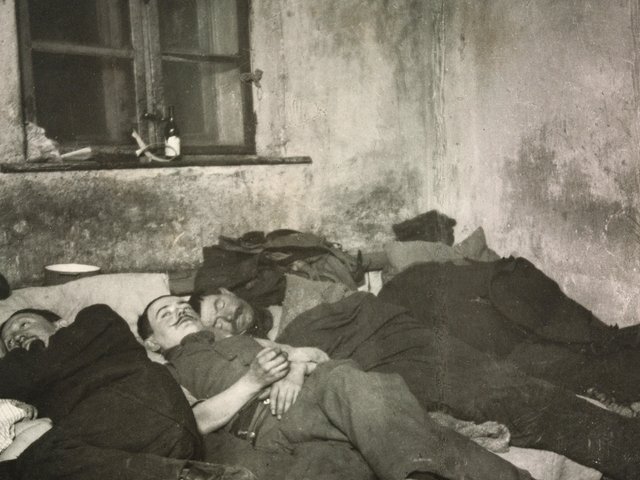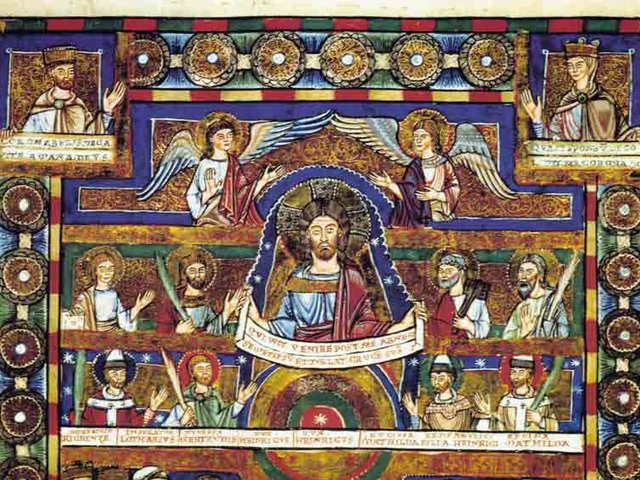Kensington Palace is not what it used to be. Once the primary town palace of the monarchs William and Mary (who got in Sir Christopher Wren to make improvements), then of George I (who employed William Kent to redecorate—above, the King’s Gallery, the first place to show paintings against red walls), the palace then went on a social slide down as accommodation for what might be considered lesser members of the royal family, hitting its lowest point with emotionally unstable Diana, Princess of Wales, and now the home of the media celebrities, the Cambridges and the Sussexes. Nevertheless, Kensington Palace, despite its awkward external appearance, has been the work place of many leading artists and craftsmen and the repository of numerous works of art. Tracy Borman records the history of the palace through it many phases in reign-by-reign chapters from its beginning as Nottingham House, bought by William and Mary, to the present day. A cast of characters is provided by way of family tree from James I to Prince Louis. The front inside cover gives a plan of the palace with its chronological expansions in three colours. It has a compass indication, but no reference to other sites, as if the palace were floating in space (which may metaphorically be true).
- Tracy Borman, The Story of Kensington Palace, Merrell Publishers, 160pp, £24.95 (hb)




